Your Thyme-Growing Guide: Stop Killing Your Herbs and Start Getting Real Flavor
I’ve spent countless seasons working with herbs, from growing them for high-end restaurant kitchens to just tending the pots on my own back patio. And you know what? Few plants have taught me as much as thyme. It’s often sold as this super simple, tough-as-nails plant. While it is resilient, there’s a massive difference between thyme that just survives and thyme that truly thrives.
The difference is all about the flavor. It’s the gap between a sparse, woody plant that tastes like dusty twigs and a lush, aromatic powerhouse that transforms a dish. I’ve seen that sad, woody thyme in so many gardens, and honestly, it’s a shame.
So, my goal here isn’t to just echo the same old advice. I want to share the practical, hands-on techniques I’ve learned from years of trial and (lots of) error. We’ll get into the ‘why’ behind what this plant needs—from the soil physics that stop root rot to the pruning tricks that keep it going for years. Let’s get you growing dense, fragrant thyme that actually tastes like it’s supposed to.
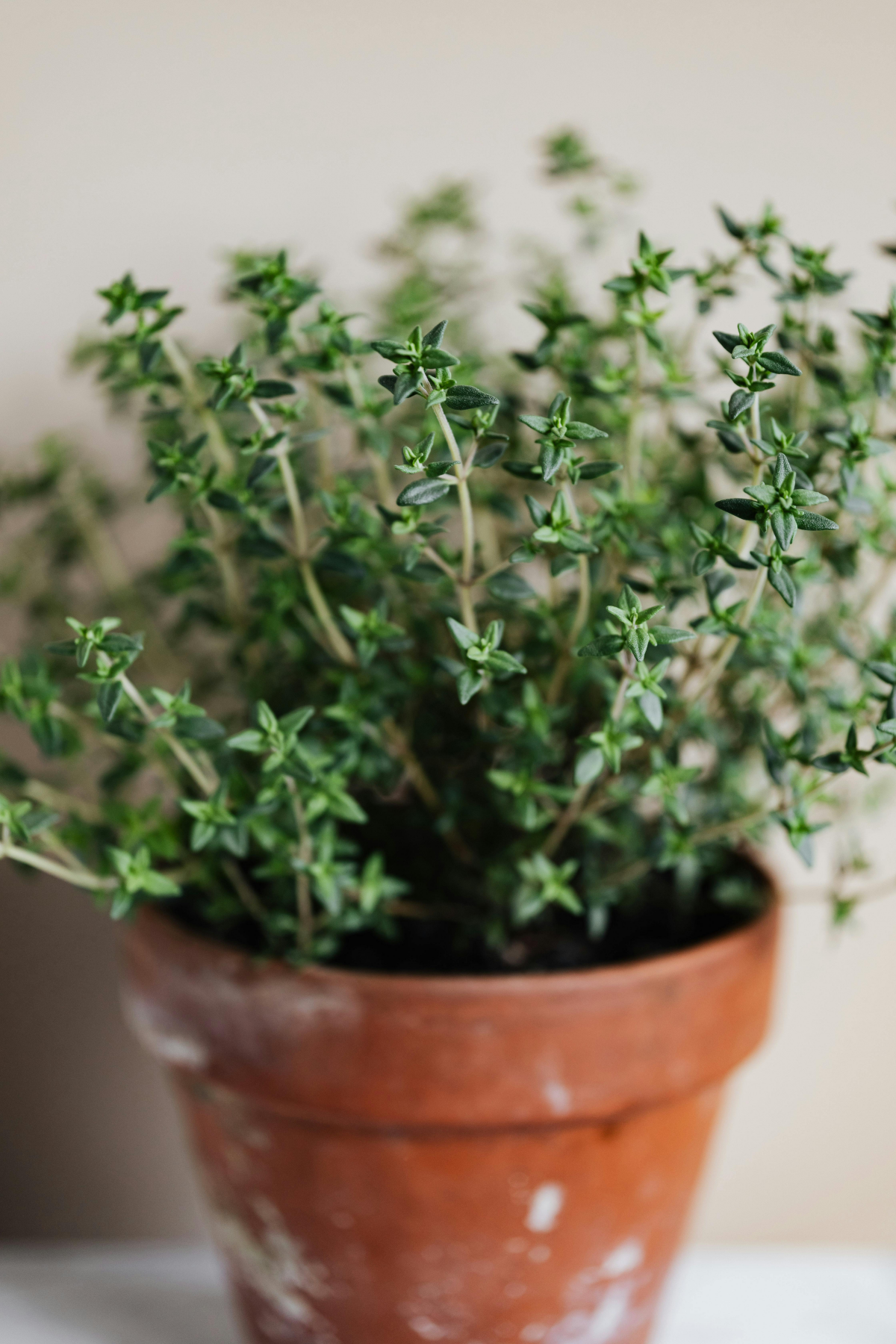
First Things First: Why Your Thyme Is Unhappy
To get this right, you have to think like the plant. Most of the culinary thyme we use originates from the rocky, sun-blasted hillsides of the Mediterranean. That one little fact explains almost everything. Its entire biology is designed for dry, gritty soil, intense sun, and very few nutrients. When we try to “help” it by giving it rich soil and lots of water, we’re actually working against its nature.
Did you know the ancient Egyptians used thyme in their embalming rituals? Its essential oils are so powerfully antimicrobial, they helped preserve mummies. Those potent oils are the very source of its flavor, and the plant produces them as a defense mechanism against pests and harsh conditions. Our job is to mimic those
Galerie d’inspiration
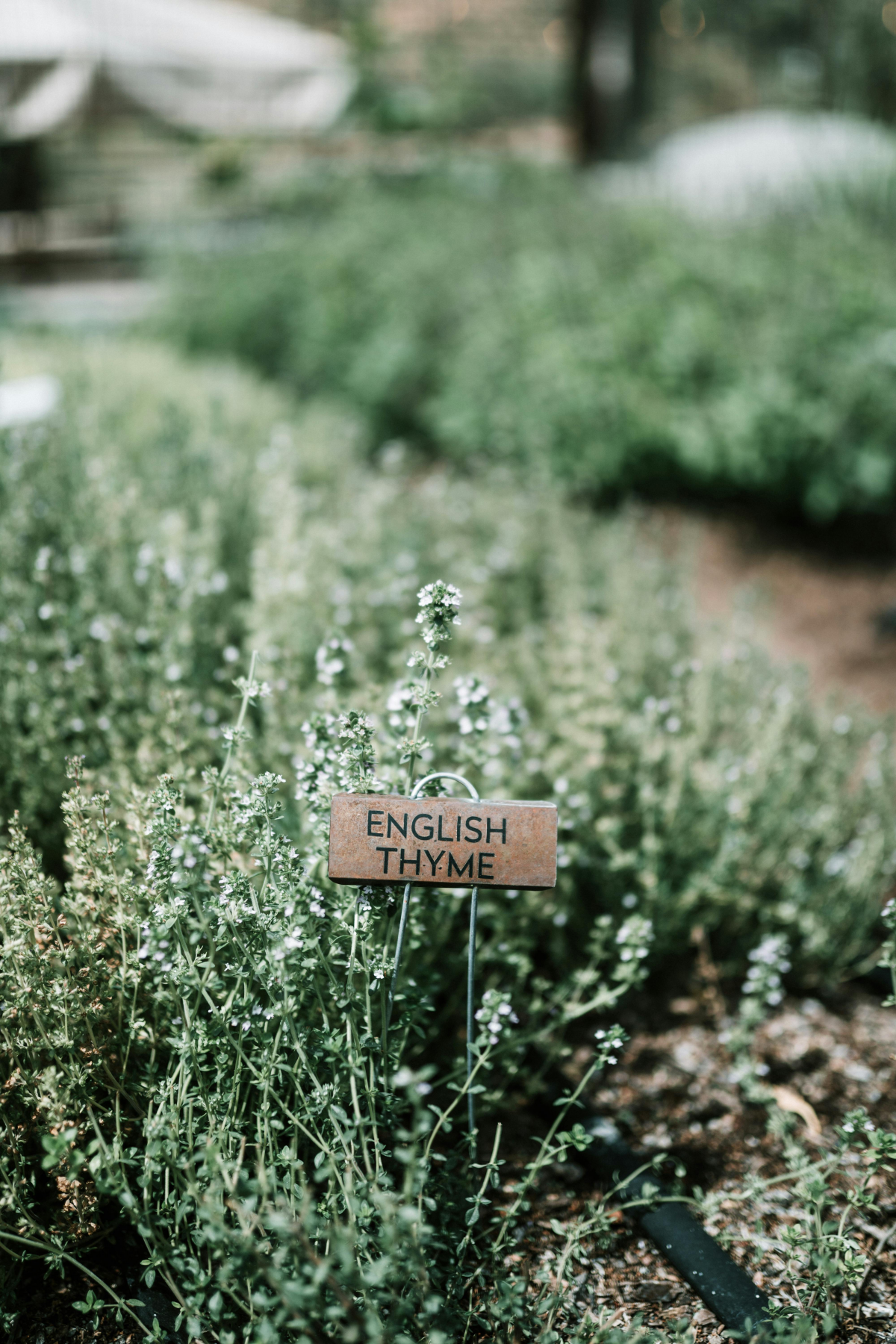
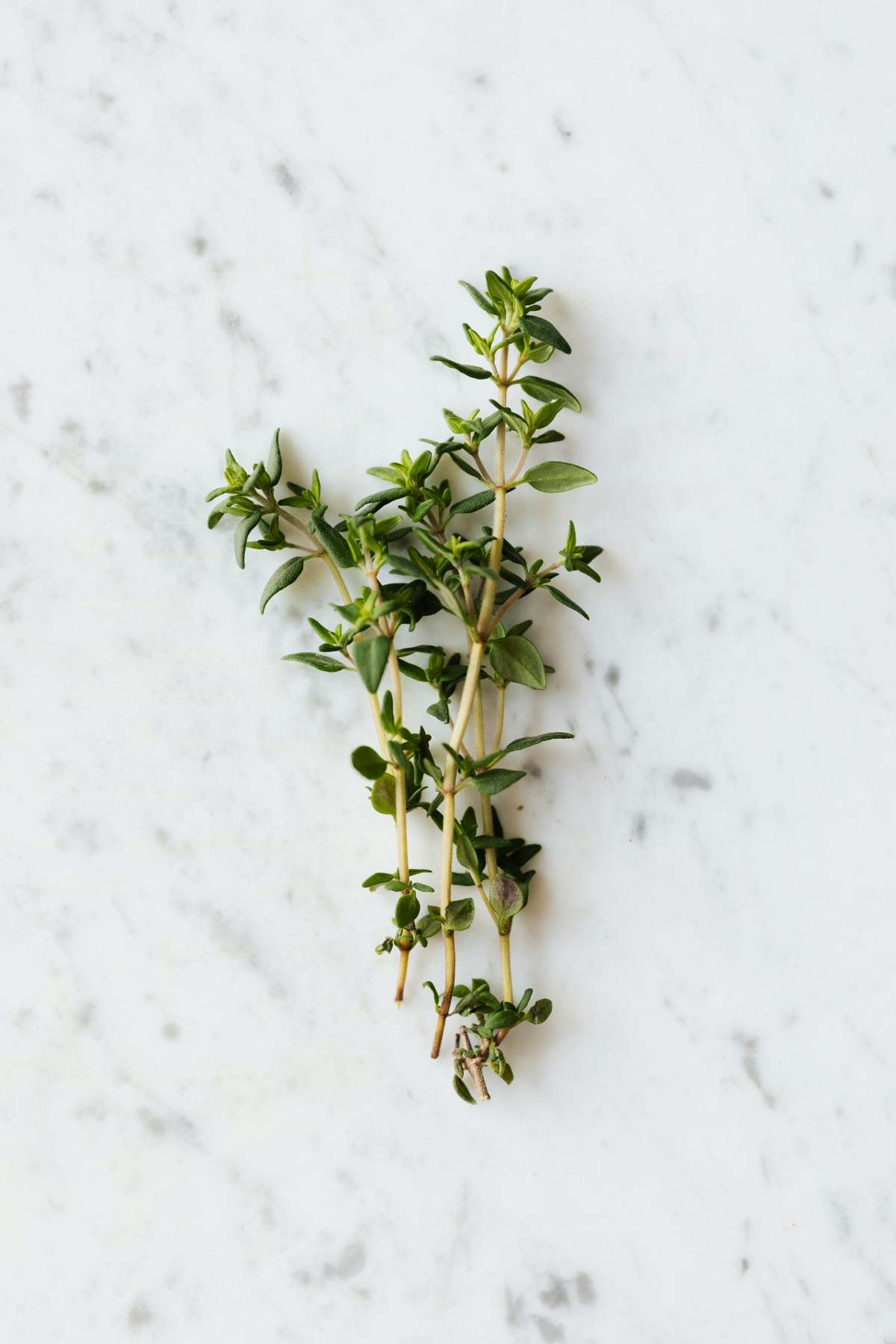
The true joy of a thriving thyme plant is sensory. As you brush past it on a warm day, it releases its signature peppery, earthy scent. This isn’t just a pleasant aroma; it’s the plant’s essential oils volatilizing, a sign that your care is paying off in potent flavor.
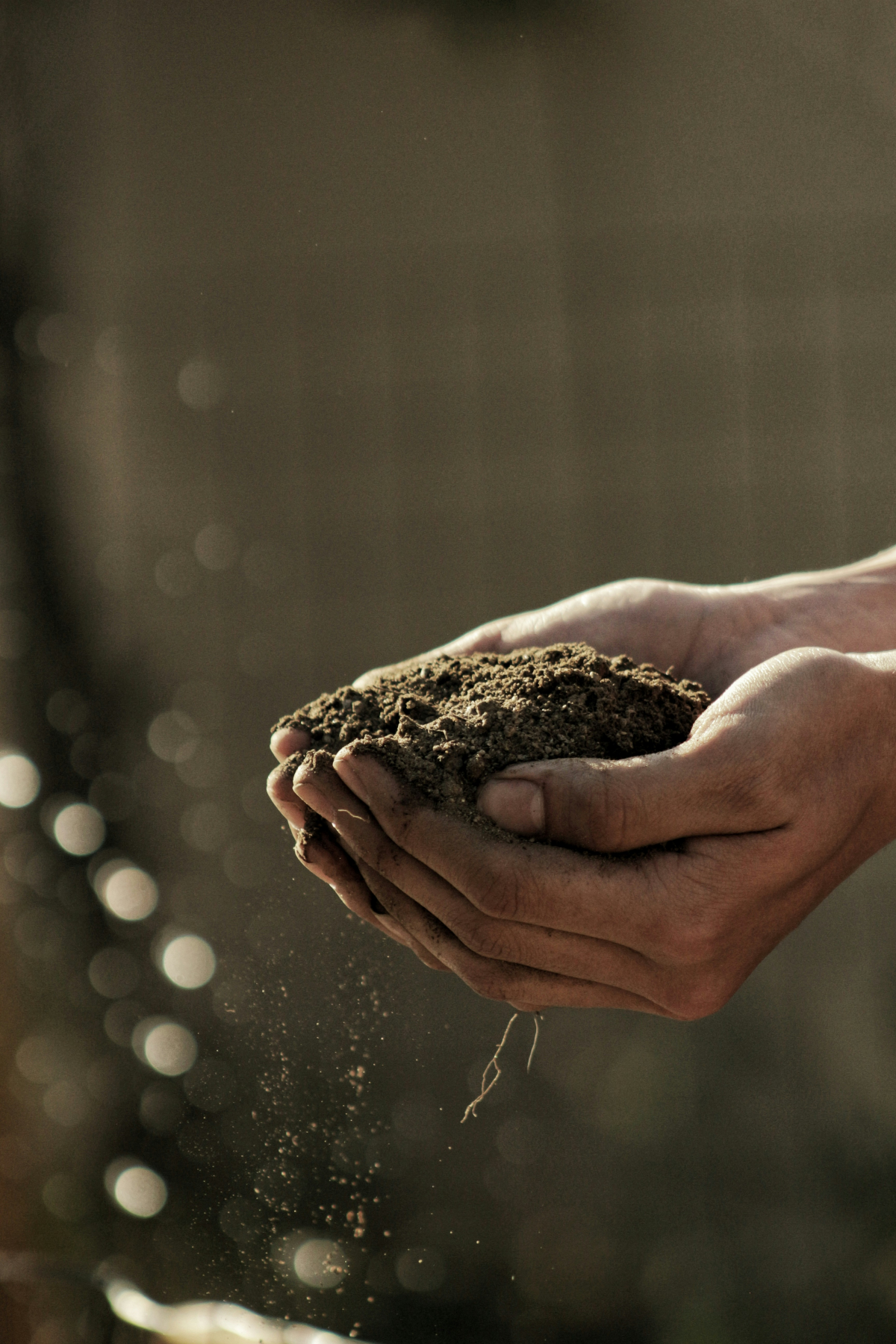
- Harvest in the morning, just after the dew has dried, when essential oils are most concentrated.
- Cut the top 2-3 inches of a green, tender stem.
- Always leave at least 5 inches of growth so the plant can recover.
- Snip just above a set of leaves to encourage branching.
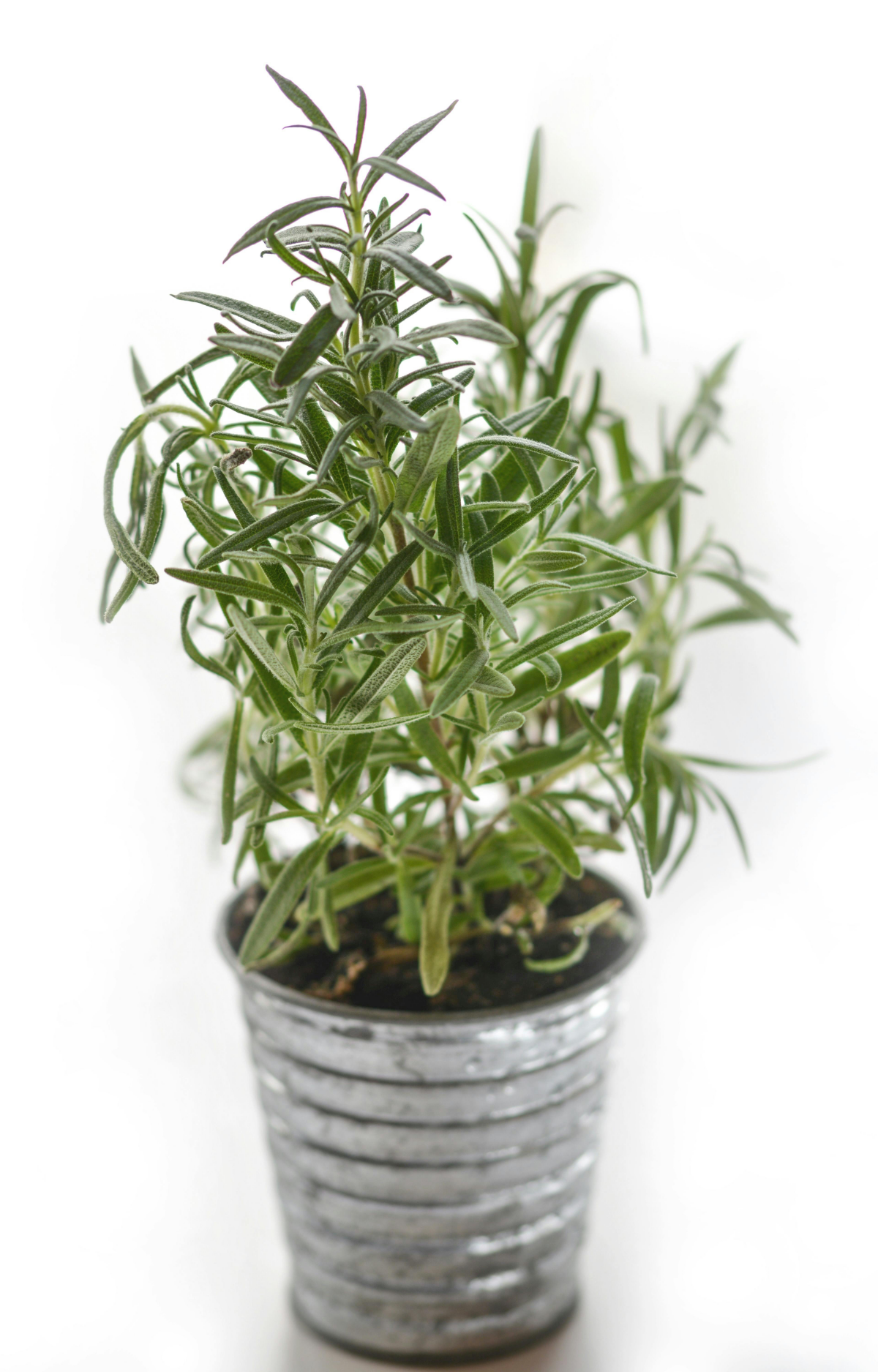
A common killer: Too much love. Thyme’s Mediterranean roots mean it loathes “rich” soil and fertilizer. Feeding your thyme is often counterproductive, diluting its flavor and promoting weak, leggy growth. When it comes to nutrients, less is definitely more.
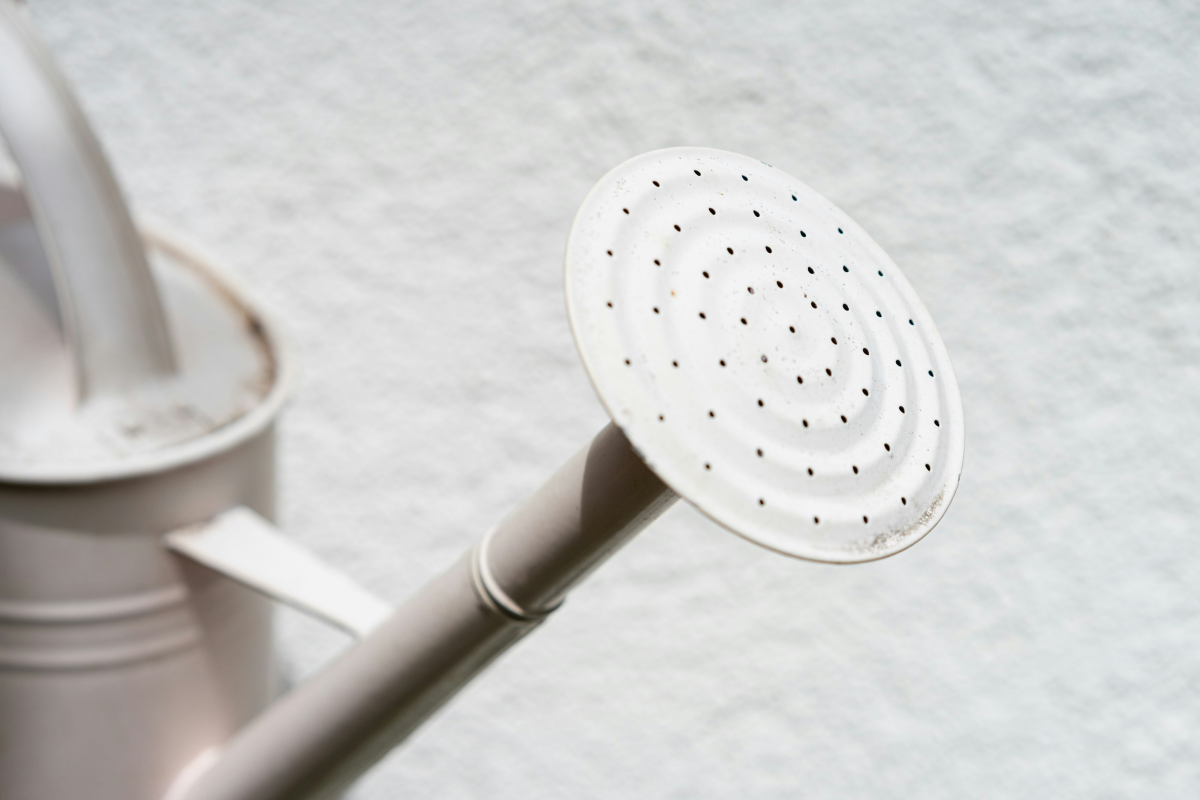
A single square meter of flowering thyme can attract hundreds of bees in a day, making it a powerhouse for supporting local pollinator populations.
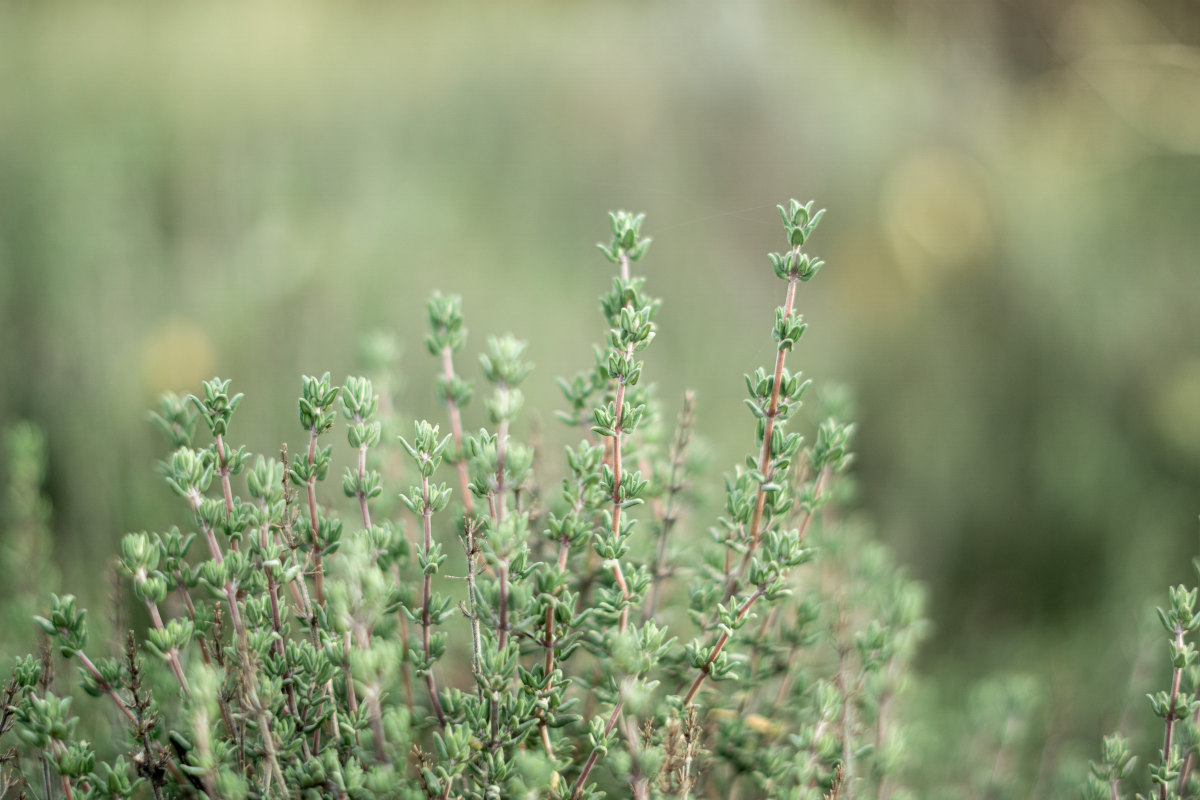
In the garden, thyme is a fantastic neighbor. Its aromatic oils can help deter common pests like cabbage worms and whiteflies, protecting more vulnerable plants.
- Plant it near cabbage or broccoli to ward off cabbage moths.
- Situate it alongside strawberries to enhance their flavor.
- Use it as a living mulch around rose bushes to discourage black spot.
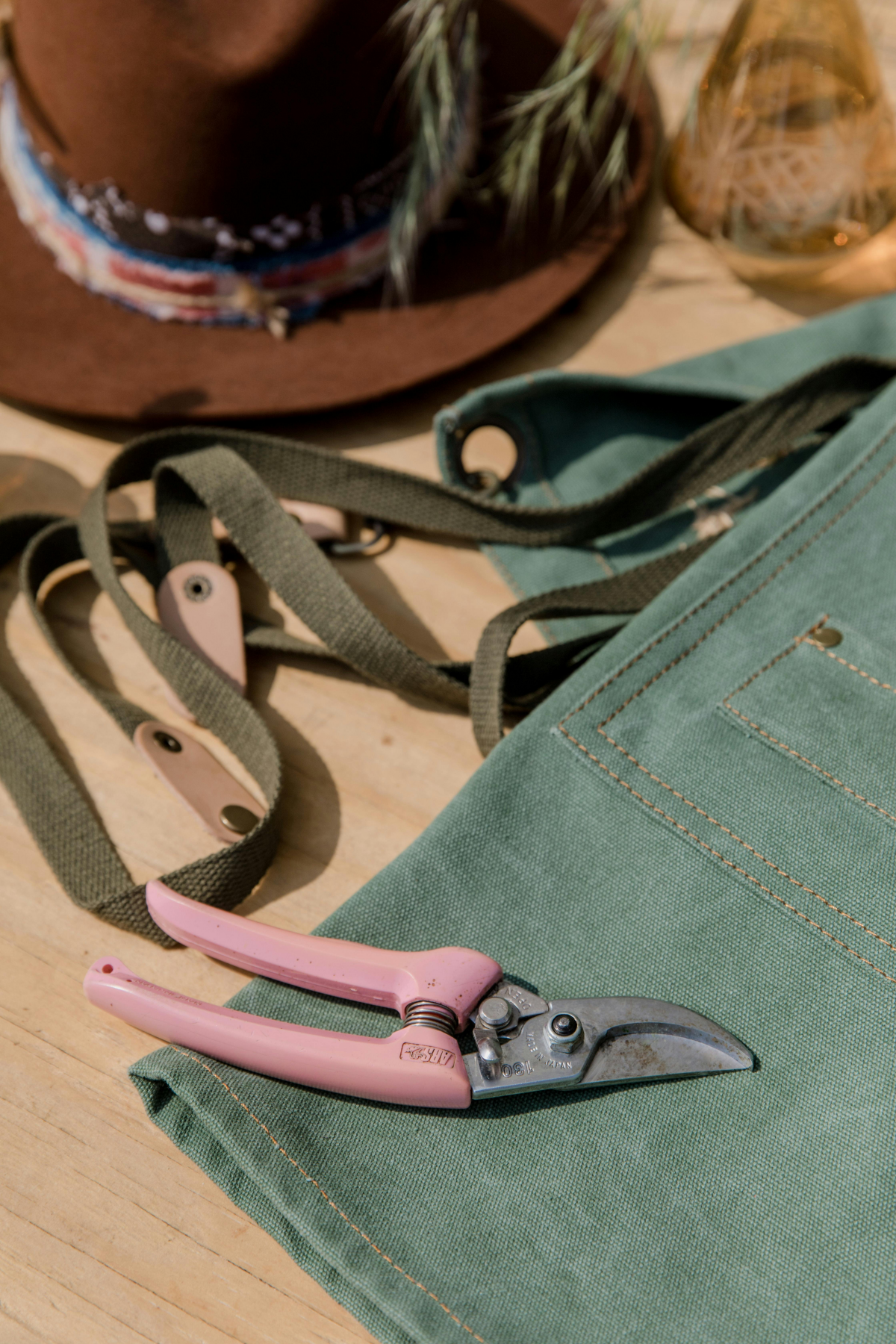
Ready to explore beyond English or French thyme?
Consider Lemon Thyme (Thymus citriodorus), which brings a bright, citrusy note perfect for fish, chicken, and summer cocktails. Or, for something truly unique, seek out Caraway Thyme (Thymus herba-barona), whose leaves carry the distinct flavor of caraway seeds, transforming roasted vegetables and pork dishes.
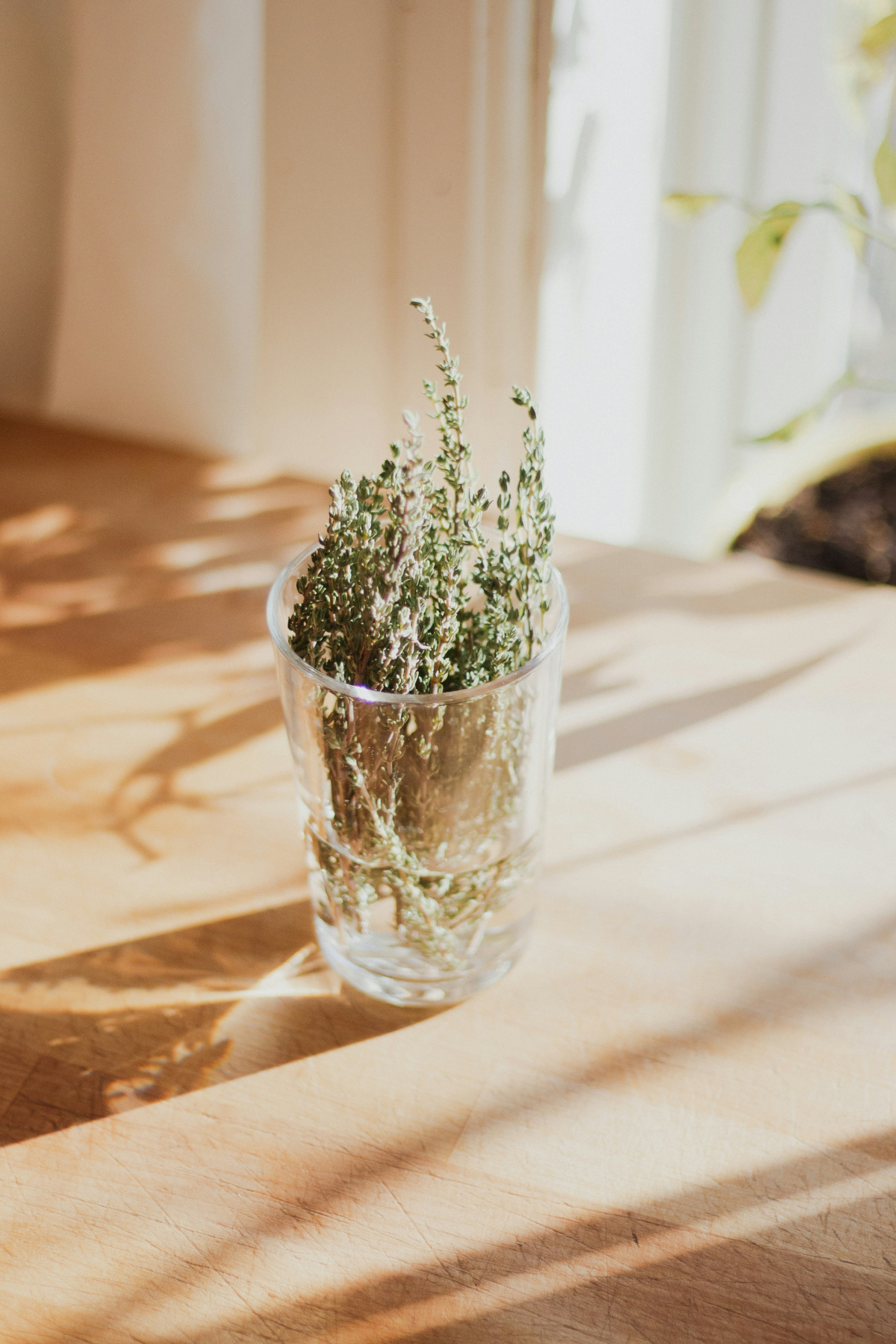
Terracotta Pots: Their porous nature allows soil to dry out quickly, mimicking thyme’s preferred arid conditions perfectly. They are the ideal choice.
Glazed or Plastic Pots: These retain moisture, increasing the risk of root rot. If you use one, ensure it has multiple drainage holes and use an extra-gritty soil mix.
For thyme, always lean towards breathability over beauty.
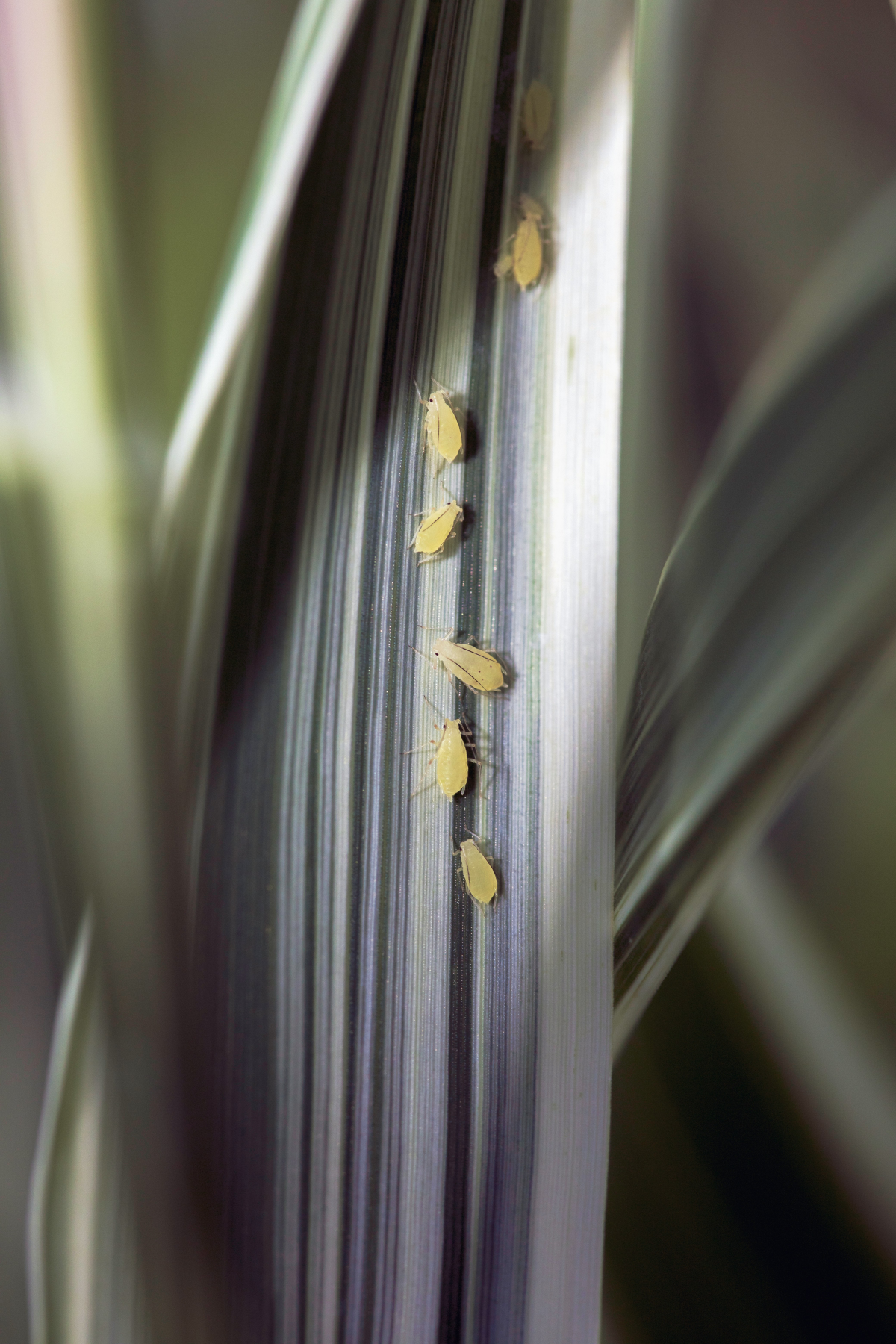
Spider mites, a common herb pest, thrive in dry, dusty conditions.
This might seem like a paradox for a dry-loving plant like thyme. While thyme wants dry soil, it doesn’t want to be dusty. Good airflow and an occasional sharp spray of water on the foliage (on a sunny morning so it dries fast) can dislodge mites without waterlogging the roots.
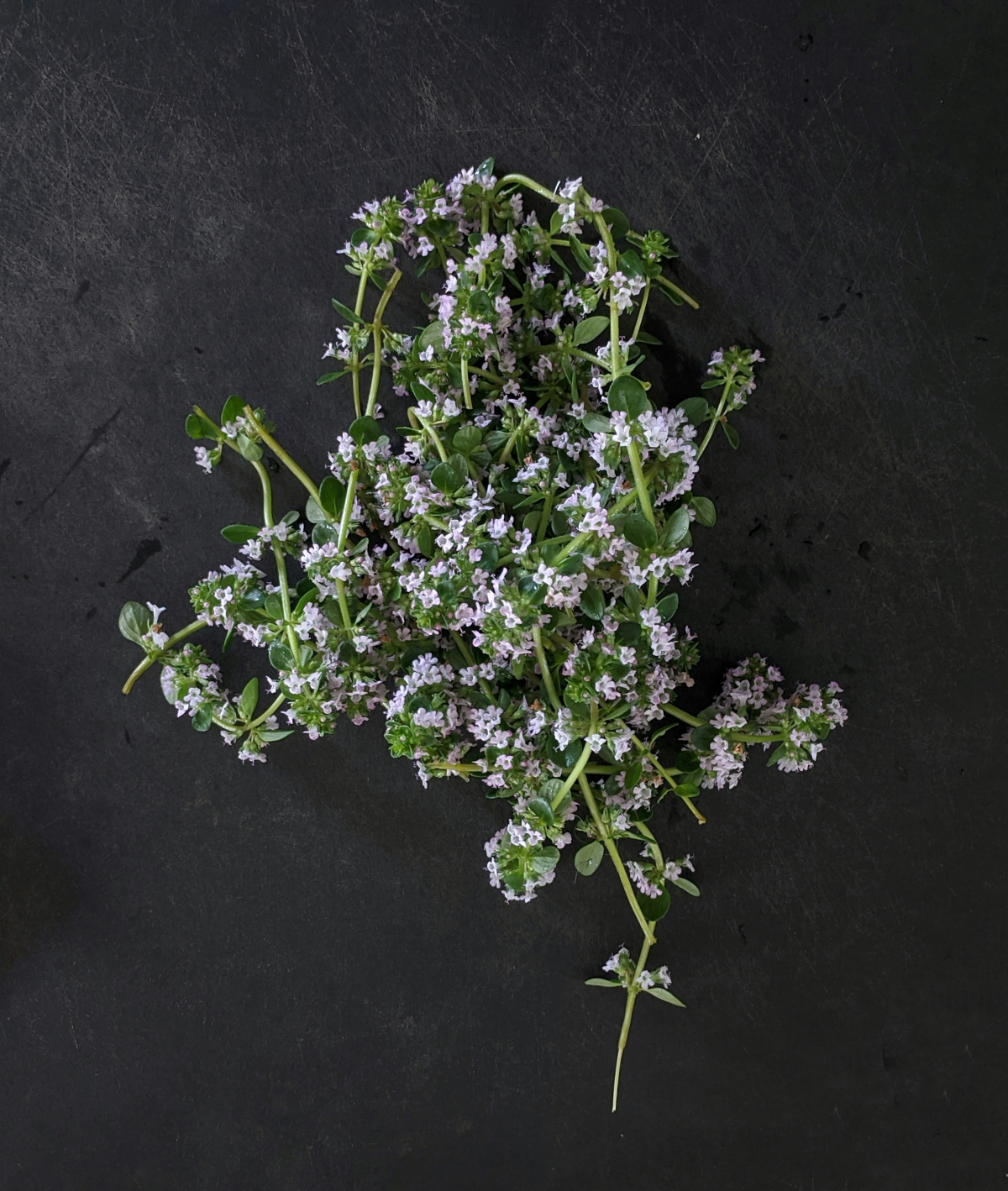
- Denser, bushier growth instead of a woody, sparse center.
- A constant supply of tender, flavorful new stems.
- Prevents the plant from exhausting itself by setting seed.
The secret? A ‘hard prune’ right after it finishes flowering. Don’t be shy; using sharp shears like the Felco F-6, cut the whole plant back by about a third. It will reward you with a vigorous flush of new growth.
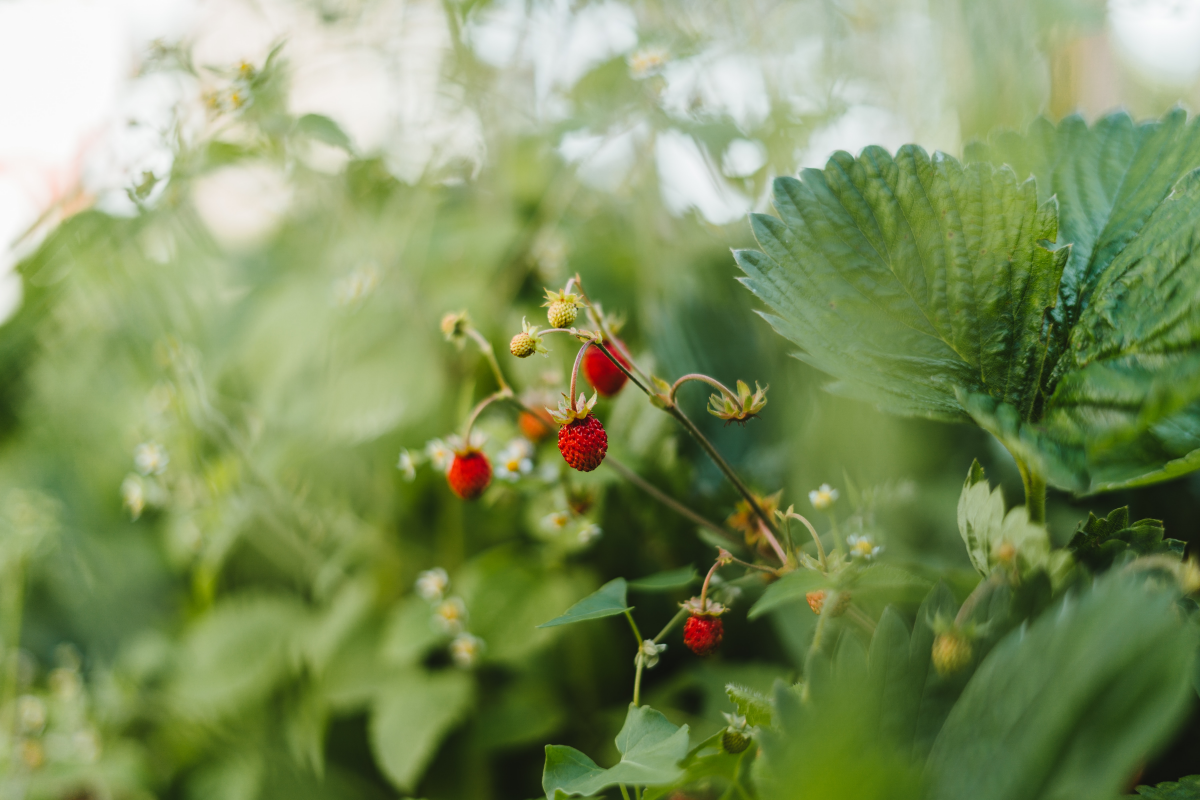
Overwintering potted thyme in cold climates (below USDA Zone 5) requires a bit of strategy. Don’t bring it inside to a warm room; the shock is often fatal. Instead, move the pot to an unheated garage, shed, or a sheltered spot against the house once the first hard frost hits. This allows it to go dormant naturally, protecting the roots from the freeze-thaw cycle.
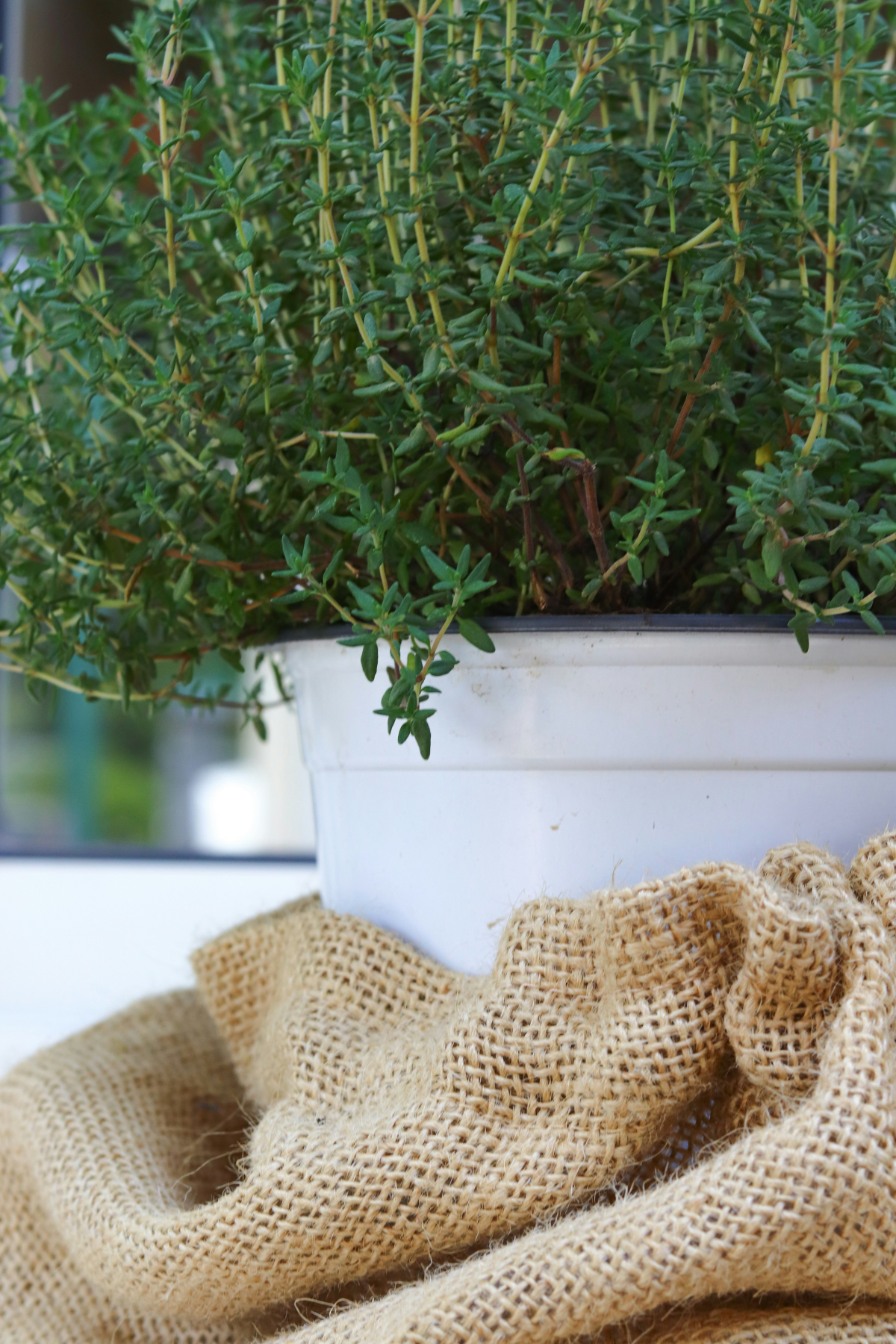
Looking for the ultimate thyme potting mix?
Forget standard potting soil. Create your own perfect blend for drainage and aeration. Mix one part all-purpose potting soil (like a basic Espoma mix), one part coarse builder’s sand (not play sand), and one part perlite. This recipe closely replicates the gritty, low-nutrient soil of its native Mediterranean hillsides.
Capture that garden-fresh flavor in a jar. Create your own thyme finishing salt by finely chopping a handful of fresh thyme leaves and mixing them with a cup of coarse sea salt, like Maldon or fleur de sel. Spread the mixture on a baking sheet to dry for a day or two. Sprinkle it over roasted potatoes, grilled meats, or even the rim of a savory cocktail glass.










